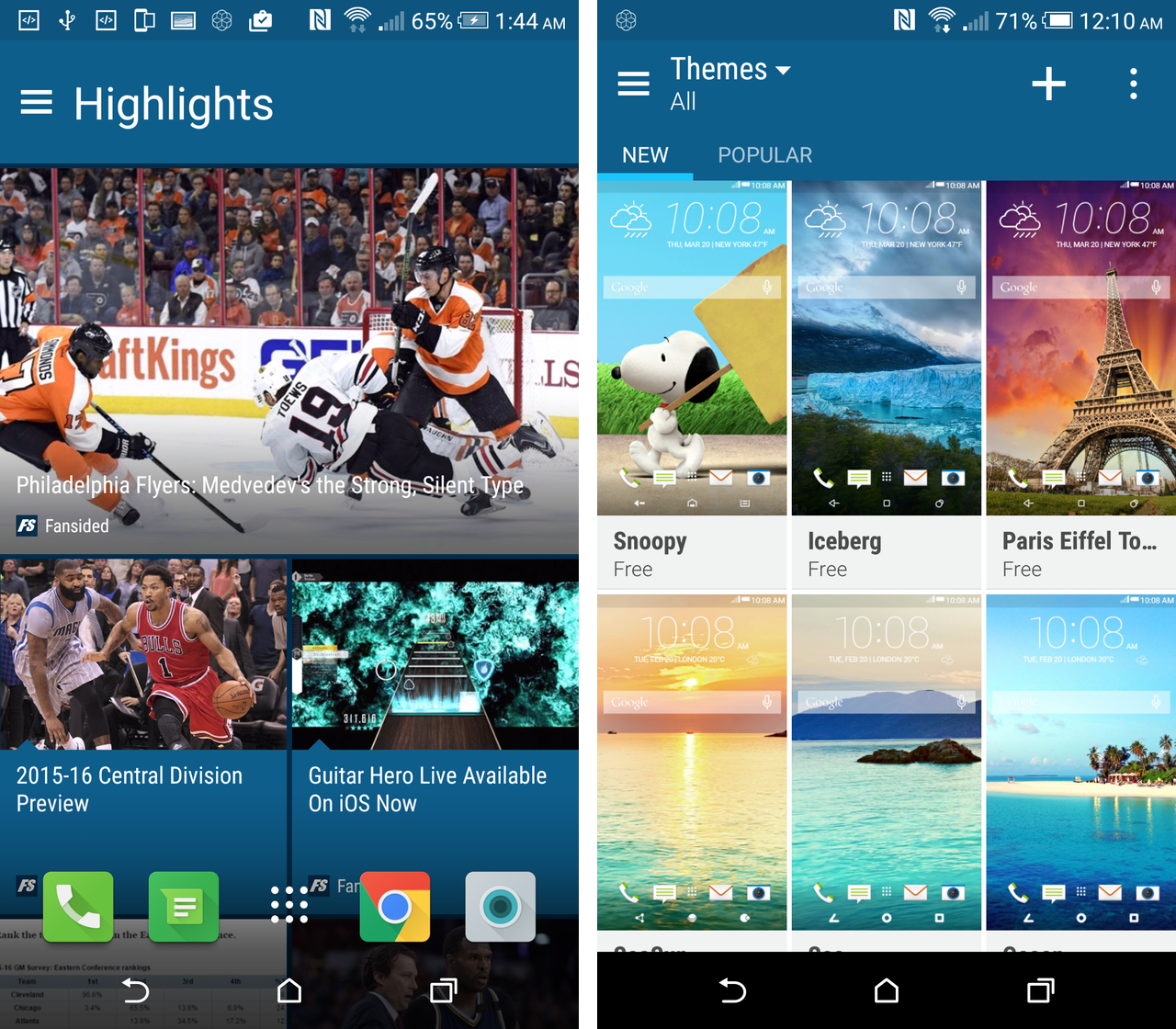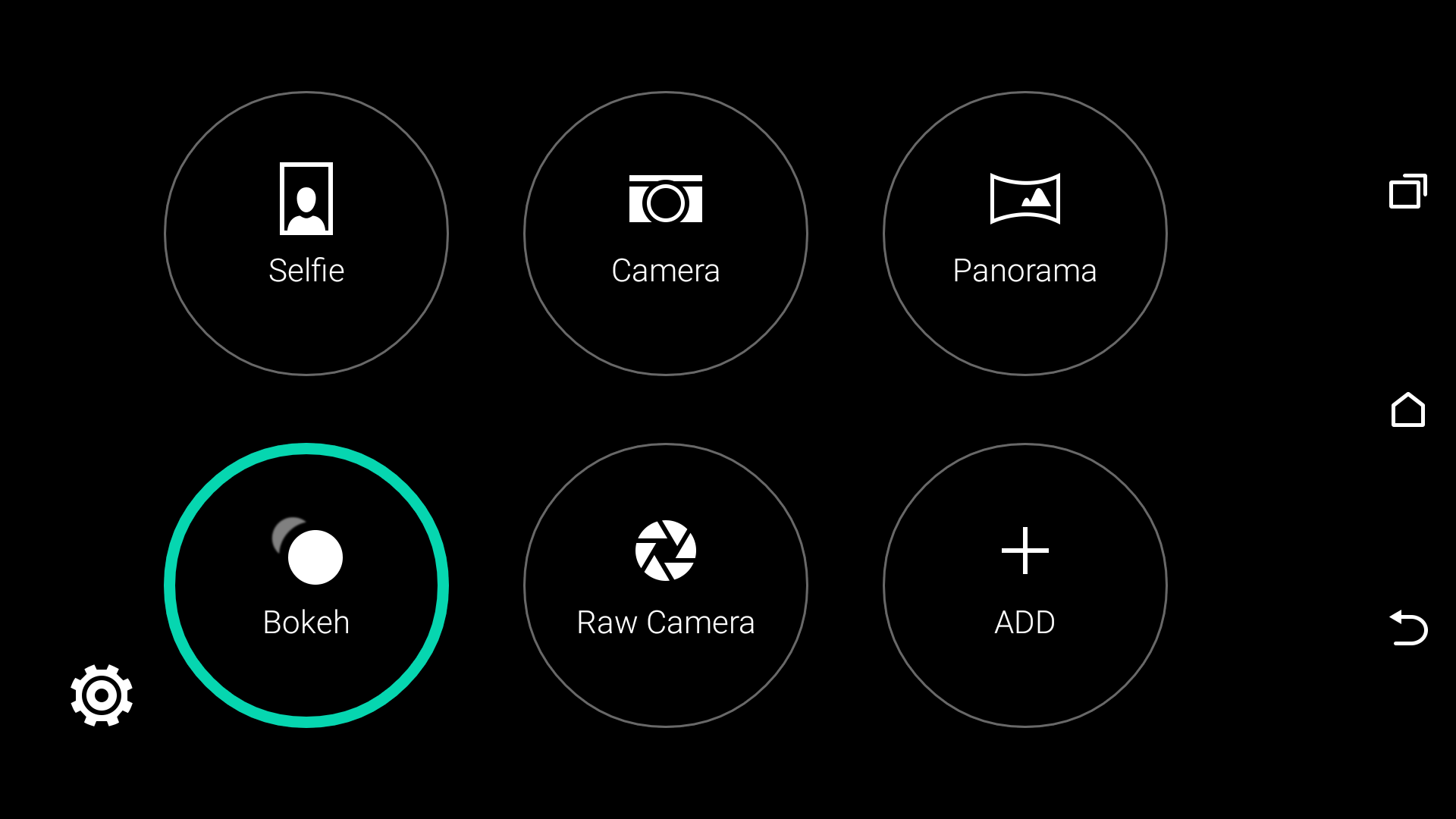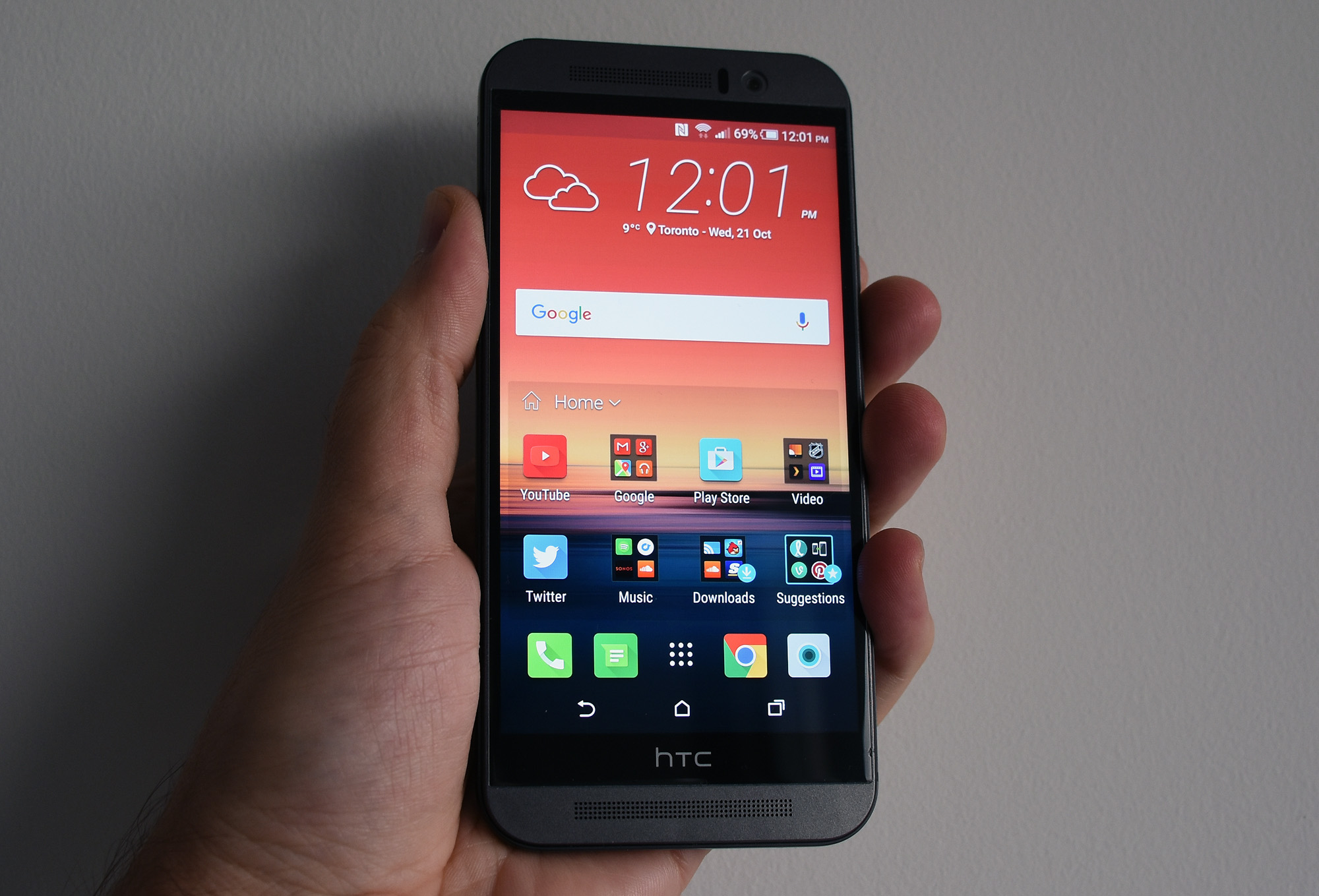
From the outside, HTC looks like a company on the brink. Its financial woes have overshadowed much of what the company has worked on, including the impressive Vive virtual reality headset.
The reason for the slump sits squarely on the company’s struggle to muscle in with a growing share of smartphone users. The One line brought a design flair that was sorely lacking in the plastic world of Android handsets, helping raise the bar for others. By the time the One M9 launched this past spring, HTC had to raise its own bar further in the phone’s effectiveness beyond just the body.
Unfortunately for HTC, it stumbled out of the gate with the M9’s camera, which seemed to take a step further backward after being criticized for being too anemic the previous year. The company promised software updates would patch things up, but six months later, how does the phone measure up?
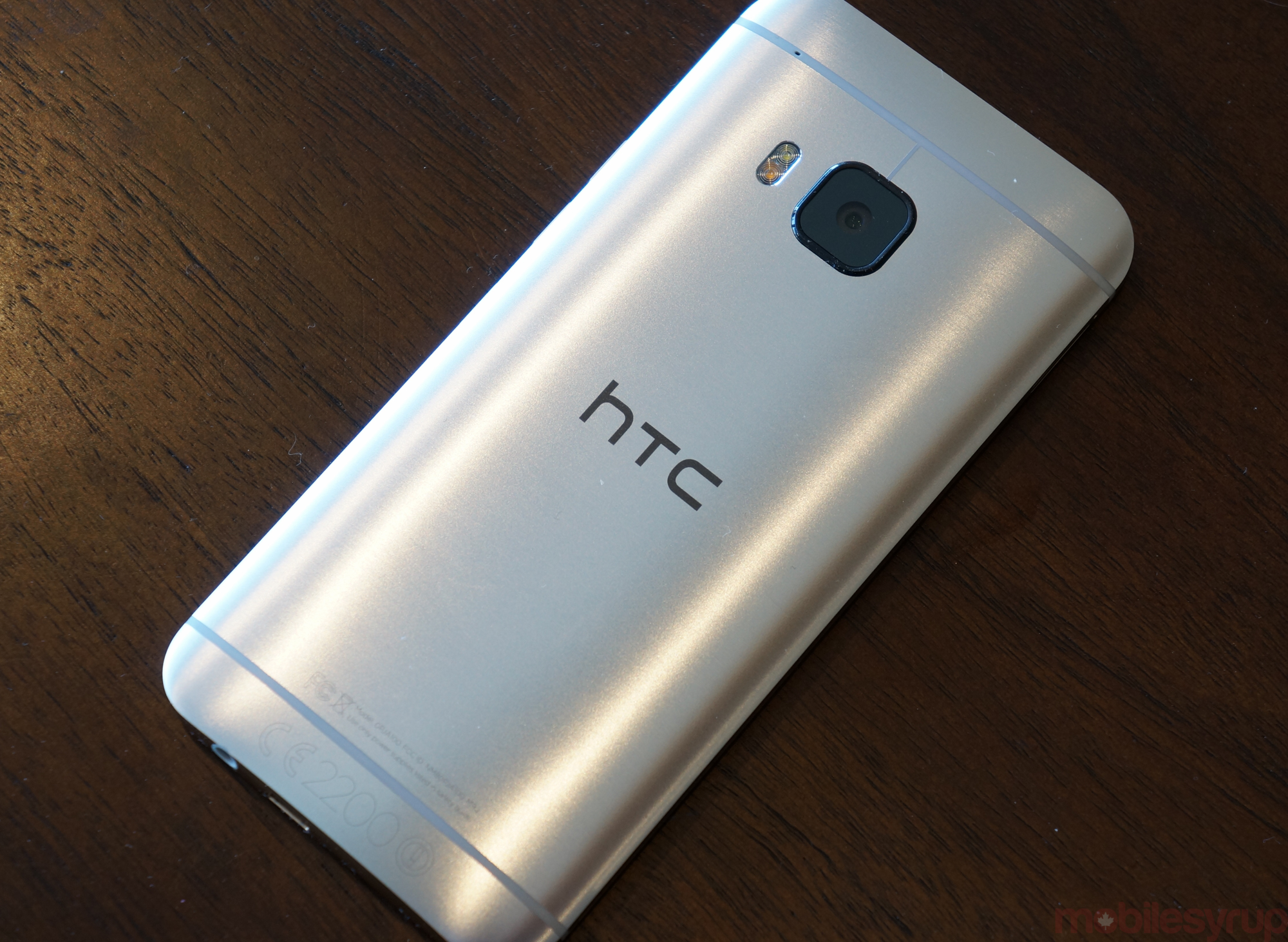
The Device
The M9 is largely an iterative update from its predecessor. Save for some minor cosmetic and placement tweaks, the overall look and feel of the device deviates little from the One M8. The ‘less is more’ approach was a good one, in this case. Even with Samsung, LG, Sony and others upping their design game in 2015, the M9 was still the beauty pageant winner for Android phones in my books.
Elegant and well-built, the M9’s unibody metal and glass combination stays consistent with what the One line has been about going back to 2013. Still sporting the same 5-inch 1080p Super LCD with BoomSound speakers, HTC smartly didn’t jump on the screen resolution bandwagon, opting to improve colour and brightness instead.
Except the style has to be complemented by substance. Having a pretty thing in your hand is pointless if the most important features don’t perform well enough.
Despite concerns over Qualcomm’s Snapdragon 810 processor running too hot, HTC went with it anyway. It also shifted its 4MP UltraPixel camera to the front, opting for a 20.7MP image sensor from Toshiba for the back. This was a curious choice because it changed the narrative behind what the company seemed to stand for in mobile photography. On paper, it appeared to address one of the main shortcomings of the M8, but in practice, it didn’t deliver anything particularly interesting.
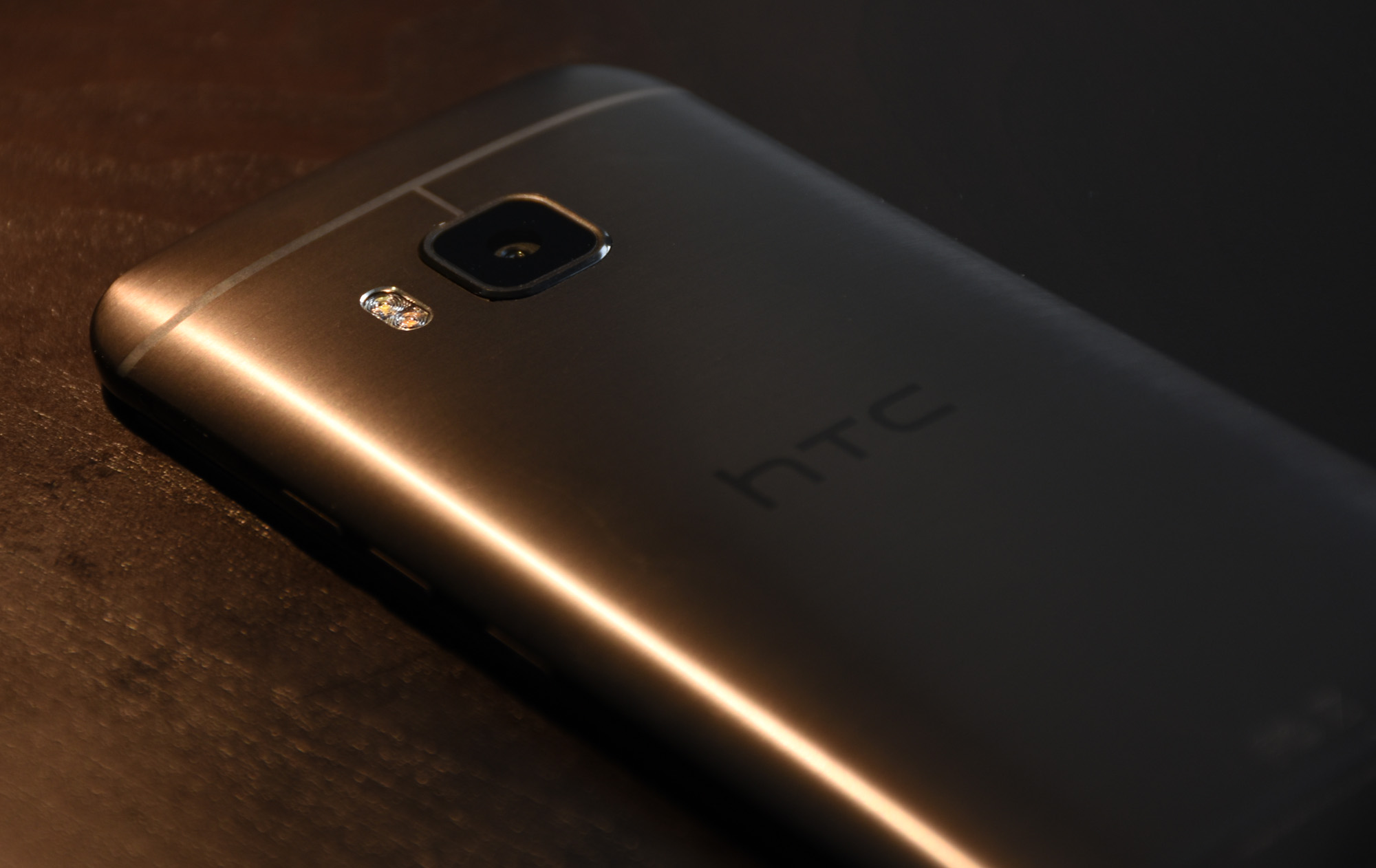
The Software
The thing about proprietary software overlays is that most consumers aren’t aware of or beholden to them. HTC’s Sense 7.0 is noticeable, but given that I always found it more restrained than some of the other Android manufacturers’ overlays, its presence never felt like it weighed the M9 down.
The move from version 6.0 to 7.0 was more about nipping and tucking than anything else. BlinkFeed is still prominent, but only if I really wanted it to be. Hidden away with a simple swipe to bring it in from the home screen served me fine. Whenever I was curious to see some headlines, I could always go to it, but much preferred to keep it on the sidelines. The food recommendations a la Yelp integration never fully sold me, so BlinkFeed’s purpose was relegated to a simple news feed, and a decent one at that.
Sense Home was hard to miss, and I’ve been on the fence about it from the beginning. In separating apps and folders to those relevant for Home, Work and Out, HTC looked to add something contextually useful to the home screen. While customizable, I found I used a lot of the same apps no matter where I might be, making the feature less important.
But the implication in all of this was clear. HTC was already dialing back Sense, and after seeing the One A9, HTC’s latest smartphone, it’s evident to me that the company’s new strategy is to align more closely with a vanilla Android experience. Whenever the M9 gets the green light to move to Marshmallow, it will be interesting to see how much of Sense is stripped away in the process.
What’s nice is that much of what Sense is and does is elective. Most of the features and apps related to it can be downloaded, deleted or turned off. The themes marketplace that HTC touted for the M9 offers some interesting combinations for personalization that includes wallpapers, icons, fonts and more. The level of choice is impressive for a feature that only HTC users would know about. I didn’t partake in it too much, but I did have fun trying out some of what’s been available, and have changed themes a few times.
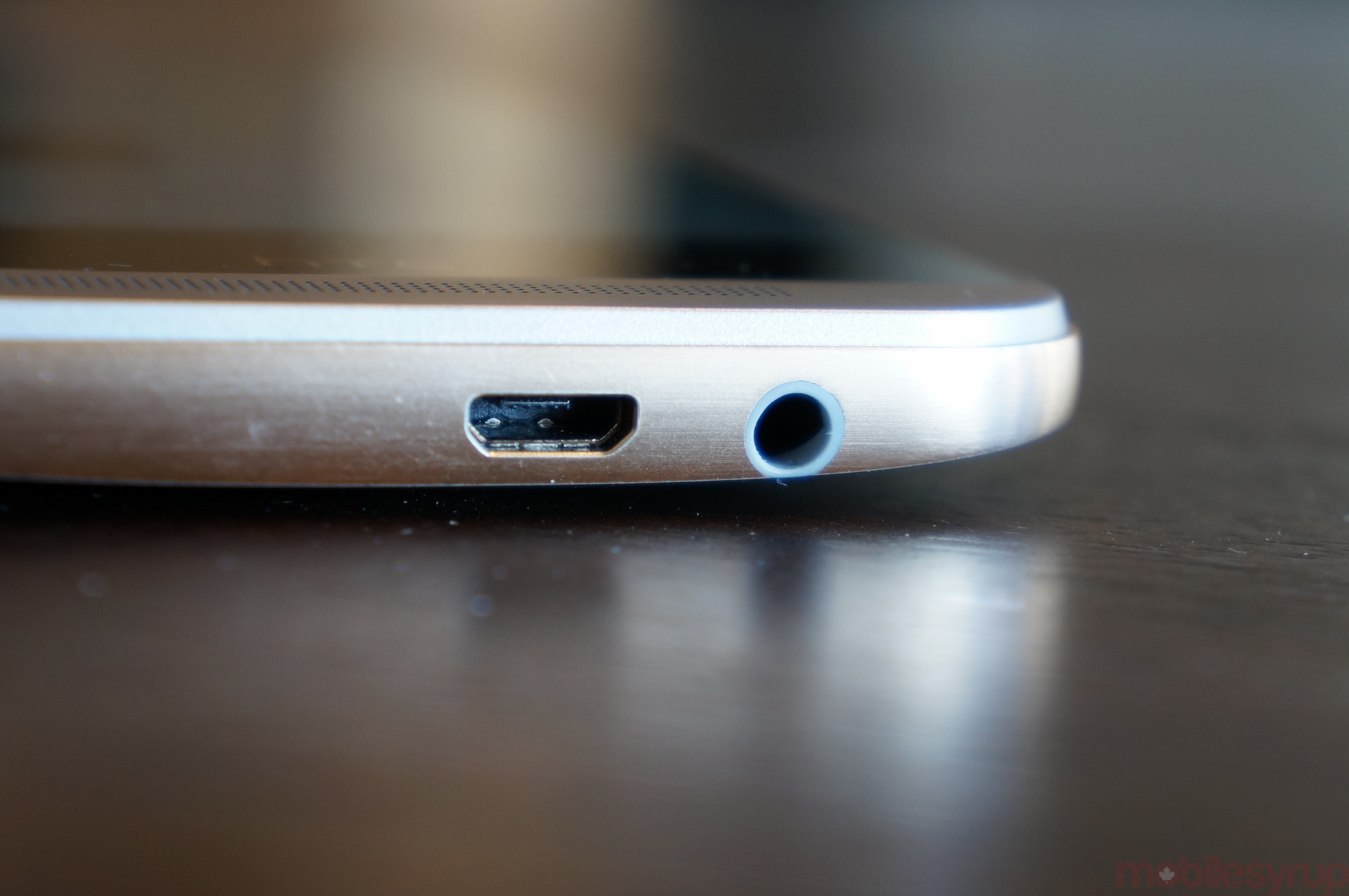
As it stands…
Ultimately, the M9’s laurels were going to rest on the prowess of its camera. HTC needed a device to help turn its fortunes, and with so much done right in the previous two, the camera looked to be the one improvement that could complete what was shaping up to be a truly compelling product.
The major trade-off made in going with more megapixels was that each pixel was considerably smaller than the larger UltraPixels, taking in less light, thereby translating into noisier low-light and night shots. The difference between the M8 and M9, in that respect, was too acute. Shooting in bright light or during the day produced decent results, but once the rear sensor had to struggle to take in more light — and keep detail sharp without OIS — the inherent issues surfaced.
In my estimation, most people shoot in auto because typical photos are point-and-shoot scenarios. The problem with the M9 is that its Auto mode pales in comparison to its RAW Camera mode, which is why the camera’s overall weaknesses need to be taken into context. For users, like myself, who prefer to shoot whenever they can in manual mode, it’s always possible to do better when settings like shutter speed, ISO, focusing, white balance and metering are readily adjustable. Even better that we can shoot in RAW to grab more detail for editing later.
But for most, the manual controls are an add-on, not a go-to. And still others may never touch it. What struck me as a much larger issue was the lack of optical image stabilization. The M9 required a very steady hand when there wasn’t enough light coming in, usually penalizing the slightest jitter with enough blur to render the photo useless. It became a frustrating exercise of trial and error to get it right, and frankly, it’s unacceptable for a device that promises so much more. No surprise, then, that the One A9 has a lower megapixel count and includes OIS.
The shame in all this is that the M9, as the sum of its constituent parts, is hardly a bad phone. Indeed, it’s quite the opposite. Concerns with overheating, sluggish performance and bad battery life were largely unfounded for me. Yes, it can get a little too warm, but I can excuse that when it happens so sporadically. I’ve rarely had anything to complain about when using it on a daily basis.
In a market dominated by Apple and Samsung, HTC carved out a unique look for its devices, but has toiled in trying to craft an image for its battered brand. The company’s bottom line has no doubt been hurt badly by the M9’s lacklustre sales in the last six months, and part of the blame for that can be laid on the device failing to deliver one of the best smartphone cameras.
It’s also been a soft market for Android devices this year, where even Samsung didn’t meet expectations with its Galaxy S6 and S6 edge launches. HTC couldn’t have been expected to break through and take away a big chunk of the pie with the M9, but it was certainly reasonable to expect growth, and that didn’t happen.
Thus, the M9 lies in a pool of red ink, even though it proved a capable performer when it first launched, and still is today.
MobileSyrup may earn a commission from purchases made via our links, which helps fund the journalism we provide free on our website. These links do not influence our editorial content. Support us here.

